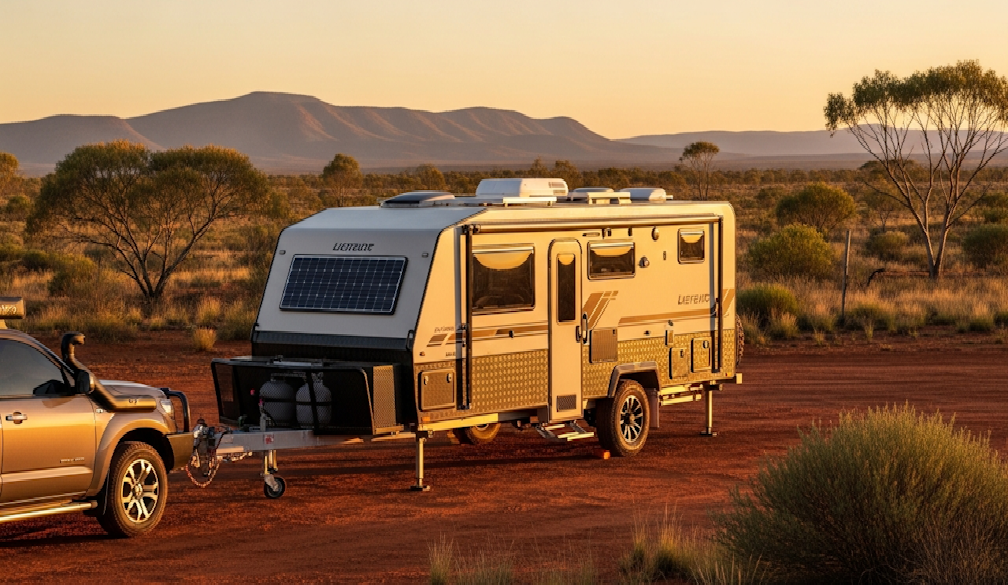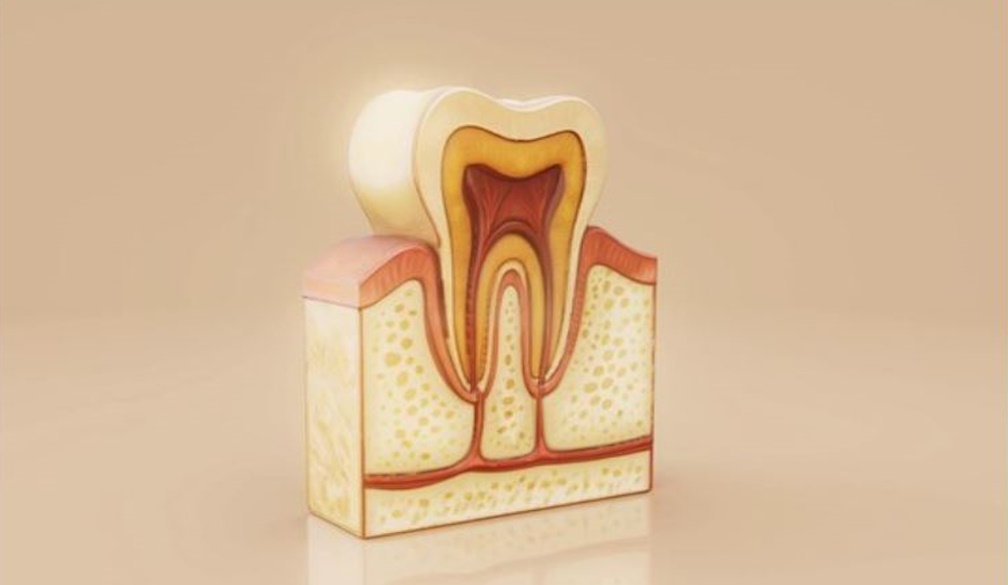With new weapons, cash and battleground experience from Ukraine, North Korea has become much more formidable
- Written by Adam Simpson, Senior Lecturer, International Studies, University of South Australia
The war between Russia and Ukraine is taking place in Europe, but its security implications are increasingly being felt in Asia, too.
North Korea has benefited tremendously from its decision to supply enormous quantities of ammunition and soldiers to Russia in return for advanced nuclear and missile technology[1] and diplomatic cover[2].
North Korea’s involvement in the conflict is transforming it into a much more capable and technologically advanced rogue state in east Asia. This evolving threat may soon prompt South Korea to reassess its security strategies in an increasingly challenging international environment.
How has North Korea helped Russia?
As Russia’s invasion of Ukraine began to turn into a protracted conflict in late 2022, Moscow faced a problem: it was at risk of running low on ammunition[3] and soldiers to send to the front lines.
Its diplomatic overtures to North Korea began soon after.
In July 2023, Russian Defence Minister Sergei Shoigu was warmly received[4] by North Korean leader Kim Jong Un in a visit to the North Korean capital, Pyongyang.
In a matter of weeks, high-resolution satellite imagery showed what looked like the establishment of a new munitions supply route[5] from North Korea to Russia.
Around that time, Russia was using about 5,000[6] artillery shells per day. Around the time the first North Korean shells would have arrived at the front lines several months later, the rate suddenly increased to an average of 15,000 per day.
In September 2023, Kim travelled to Russia for a meeting[7] with President Vladimir Putin, where he was given the red-carpet treatment at a space satellite launch facility.
In mid-2024, Putin repaid the favour, making his first visit[8] to Pyongyang in 24 years. He signed a new strategic partnership treaty[9] with North Korea that included mutual defence clauses – each country pledged to provide immediate military assistance[10] if either faced armed aggression.
Soon after, a deployment of 11,000 North Korean troops[11] was headed to the front lines to help Russia retake the Russian region of Kursk, part of which had been captured by Ukraine.
Now, following another visit by Shoigu to Pyongyang in June of this year[12], Ukrainian officials say another 25,000–30,000 North Korean soldiers[13] are heading to Russia in the months ahead.
North Korea is also sending thousands of builders and deminers[14] to help rebuild the Kursk region.
What is North Korea getting out of the deal?
Estimates from a German think tank suggest North Korea has earned[15] anywhere from US$1.7 billion to $5.5 billion (A$2.6 billion to $8.5 billion) from selling war materiel to Russia since 2023. The think tank also estimates North Korea may also be receiving up to half a billion US dollars annually from the troop deployments.
Russia is also helping North Korea modernise its ageing Soviet-era military.
For example, Russia appears to have provided assistance to Pyongyang in building a critical new air-defence system[16], an airborne early warning system, tanks with improved electronic warfare systems, a naval destroyer with supersonic cruise missiles, and air-to-air missiles.
In addition, North Korean soldiers have received valuable modern combat experience using artificial intelligence and drones[17] against a highly skilled Ukrainian military.
And Russian soldiers have also tested North Korea’s weapons in combat, such as ballistic missiles[18], which will assist in their future research and development.
With Russian expertise, North Korea has also made recent progress on technologies associated with launching satellites and intercontinental ballistic missiles, which can deliver numerous miniaturised nuclear warheads.
These developments mean South Korea and its allies will need to deal with a much more battle-hardened and technologically advanced North Korean military. Its antiquated systems, historically limited by isolation and a range of international sanctions, are now being rapidly transformed, making it a much more formidable foe.
How can South Korea adapt to the new threats?
South Korea’s new liberal president, Lee Jae Myung, is much less hawkish[19] on North Korea and Russia than his predecessors.
Instead, Lee is doing his best to ease tensions[20] with the North. For instance, he recently ordered propaganda speakers[21] to be removed from the North Korean border, which I visited this week.
Though North Korea also dismantled[22] its own propaganda speakers from the border, it has largely rebuffed[23] other overtures from South Korea. The regime’s rapidly expanding Russian ties give it little incentive to resume international talks aimed at reducing sanctions.
Lee may soon find the evolving situation across the border requires a much more proactive security policy.
South Korea may seek to bolster coordination with its main ally, the United States, and others in the region, such as Australia[24].
For example, joint military exercises between South Korea and the US later this month will specifically focus[25] on the threats posed by the North’s advancing missile program, as well as drones, GPS jamming and cyber attacks.
Current South Korean law prohibits[26] it from sending arms to war zones, but Seoul has helped Ukraine indirectly and stepped up its sales of weapons elsewhere in Europe[27].
And though Lee skipped the recent NATO summit[28] that his predecessor had attended three years in a row, he may need to reverse course and continue deepening ties with the bloc if his soft diplomacy approach with the North doesn’t bear fruit.
References
- ^ technology (www.chathamhouse.org)
- ^ diplomatic cover (www.atlanticcouncil.org)
- ^ risk of running low on ammunition (www.economist.com)
- ^ warmly received (www.theguardian.com)
- ^ supply route (www.rusi.org)
- ^ about 5,000 (www.rusi.org)
- ^ meeting (www.bbc.com)
- ^ first visit (www.lowyinstitute.org)
- ^ strategic partnership treaty (www.theguardian.com)
- ^ immediate military assistance (www.reuters.com)
- ^ troops (www.aljazeera.com)
- ^ another visit by Shoigu to Pyongyang in June of this year (www.nknews.org)
- ^ 25,000–30,000 North Korean soldiers (edition.cnn.com)
- ^ builders and deminers (www.bbc.com)
- ^ earned (shop.freiheit.org)
- ^ air-defence system (www.nytimes.com)
- ^ drones (abcnews.go.com)
- ^ ballistic missiles (www.wilsoncenter.org)
- ^ hawkish (www.aljazeera.com)
- ^ ease tensions (www.lowyinstitute.org)
- ^ propaganda speakers (www.theguardian.com)
- ^ dismantled (www.bbc.com)
- ^ rebuffed (abcnews.go.com)
- ^ Australia (warontherocks.com)
- ^ specifically focus (abcnews.go.com)
- ^ prohibits (www.usip.org)
- ^ elsewhere in Europe (www.politico.eu)
- ^ skipped the recent NATO summit (www.lowyinstitute.org)













